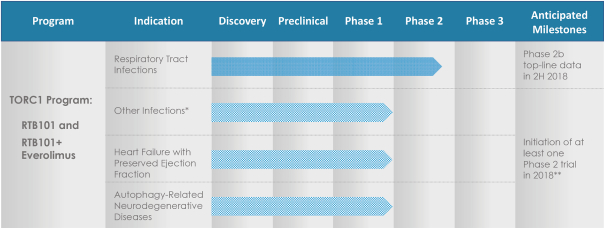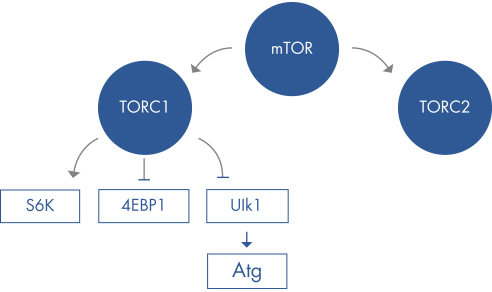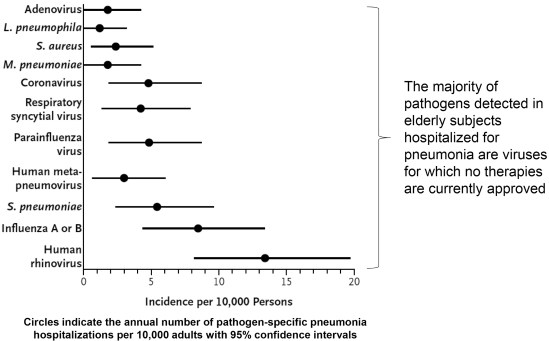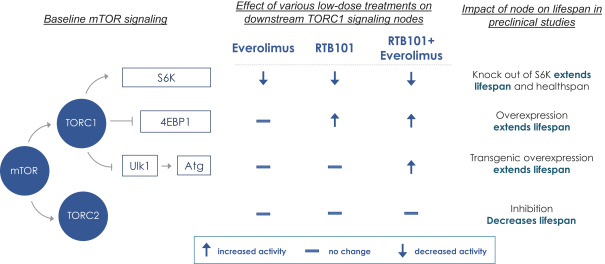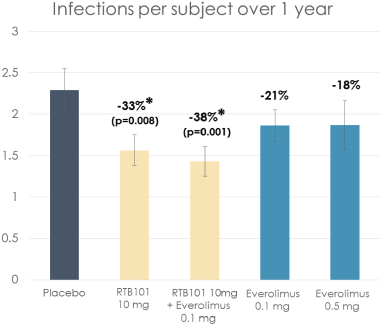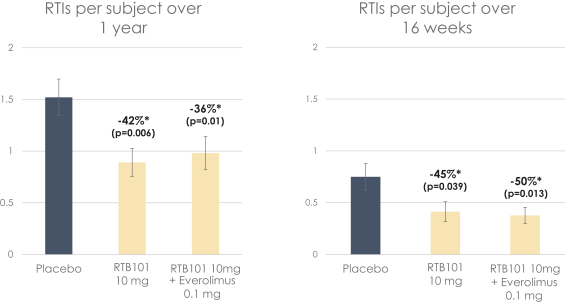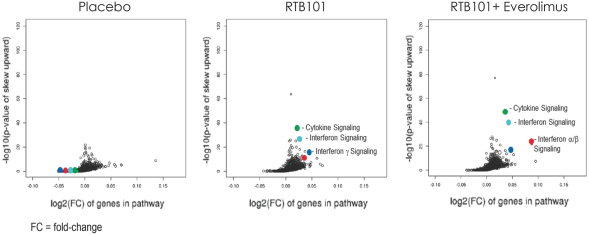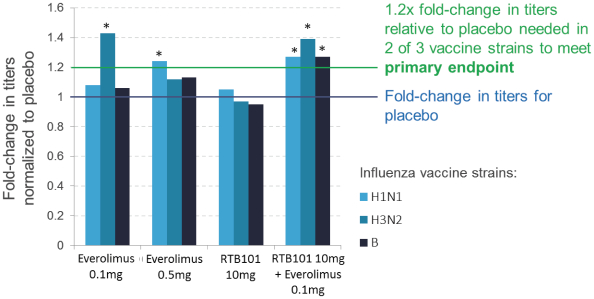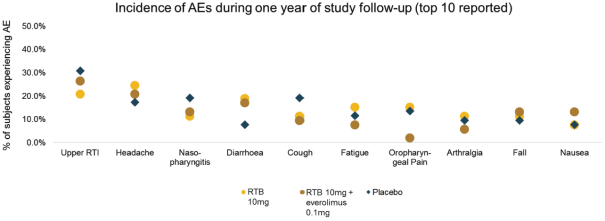than an action by or in the right of us) by reason of the fact that he or she is or was, or has agreed to become, our director or officer, or is or was serving, or has agreed to serve, at our
request as a director, officer, partner, employee or trustee of, or in a similar capacity with, another corporation, partnership, joint venture, trust or other enterprise (all such persons being referred to as an “Indemnitee”), or by
reason of any action alleged to have been taken or omitted in such capacity, against all expenses (including attorneys’ fees), judgments, fines and amounts paid in settlement actually and reasonably incurred in connection with such action, suit
or proceeding and any appeal therefrom, if such Indemnitee acted in good faith and in a manner he or she reasonably believed to be in, or not opposed to, our best interests, and, with respect to any criminal action or proceeding, he or she had no
reasonable cause to believe his or her conduct was unlawful. Our certificate of incorporation that will be effective as of the closing date of this offering also provides that we will indemnify any Indemnitee who was or is a party to an action or
suit by or in the right of us to procure a judgment in our favor by reason of the fact that the Indemnitee is or was, or has agreed to become, our director or officer, or is or was serving, or has agreed to serve, at our request as a director,
officer, partner, employee or trustee of, or in a similar capacity with, another corporation, partnership, joint venture, trust or other enterprise, or by reason of any action alleged to have been taken or omitted in such capacity, against all
expenses (including attorneys’ fees) and, to the extent permitted by law, amounts paid in settlement actually and reasonably incurred in connection with such action, suit or proceeding, and any appeal therefrom, if the Indemnitee acted in good
faith and in a manner he or she reasonably believed to be in, or not opposed to, our best interests, except that no indemnification shall be made with respect to any claim, issue or matter as to which such person shall have been adjudged to be
liable to us, unless a court determines that, despite such adjudication but in view of all of the circumstances, he or she is entitled to indemnification of such expenses. Notwithstanding the foregoing, to the extent that any Indemnitee has been
successful, on the merits or otherwise, he or she will be indemnified by us against all expenses (including attorneys’ fees) actually and reasonably incurred by him or her or on his or her behalf in connection therewith. If we do not assume the
defense, expenses must be advanced to an Indemnitee under certain circumstances.
We plan to enter into indemnification agreements with
each of our executive officers and directors. In general, these agreements provide that we will indemnify the director or executive officer to the fullest extent permitted by law for claims arising in his or her capacity as a director or executive
officer of our company or in connection with their service at our request for another corporation or entity. The indemnification agreements also provide for procedures that will apply in the event that a director or executive officer makes a claim
for indemnification and establish certain presumptions that are favorable to the director or executive officer.
We maintain a general
liability insurance policy that covers certain liabilities of our directors and officers arising out of claims based on acts or omissions in their capacities as directors or officers.
The underwriting agreement we will enter into in connection with the offering of common stock being registered hereby provides that the
underwriters will indemnify, under certain conditions, our directors and officers (as well as certain other persons) against certain liabilities arising in connection with such offering.
Insofar as the forgoing provisions permit indemnification of directors, executive officers, or persons controlling us for liability arising
under the Securities Act of 1933, as amended, or the Securities Act, we have been informed that, in the opinion of the Securities and Exchange Commission, such indemnification is against public policy as expressed in the Securities Act and is
therefore unenforceable.
Item 15. Recent Sales of Unregistered Securities
Set forth below is information regarding shares of our common stock and shares of our preferred stock issued, and stock options granted, by us
within the past three years that were not registered under the Securities Act. Included is the consideration, if any, we received for such shares and options and information relating to the section of the Securities Act, or rule of the Securities
and Exchange Commission, under which exemption from registration was claimed.
II-2

